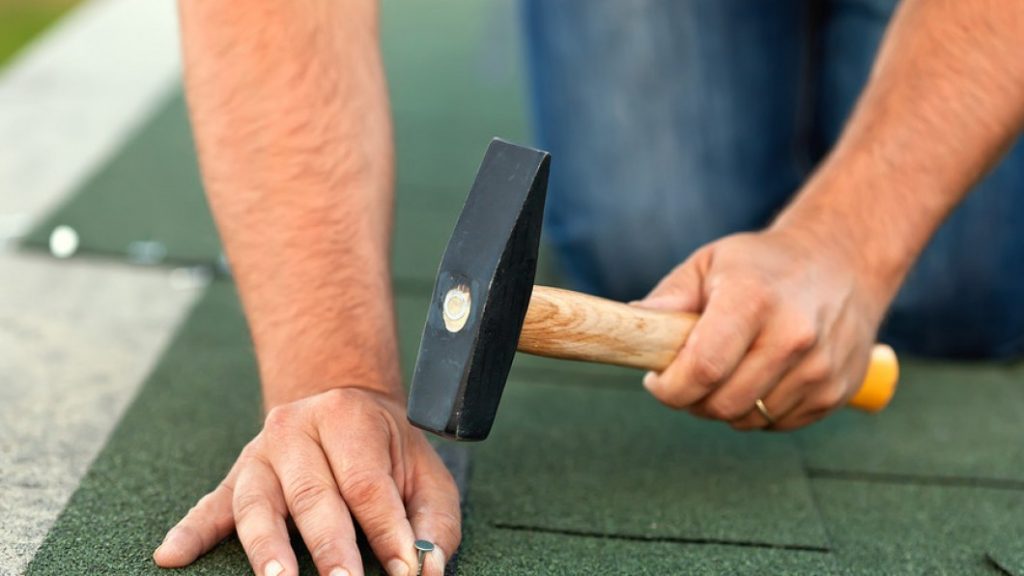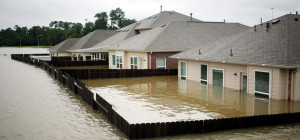 Out of sight, out of mind. People tend to pay less attention to things that are usually not at their eye level. Just because something isn’t within your peripheral vision, it doesn’t mean it’s not important. This is the case with most roofs. Regardless of the fact that setting up the roof is one of the most expensive things when building a house, most people seem to just forget about it once it’s done. However, the roof is a significant part of your home, and like any other part of it, it’ll eventually degrade. You can stand the kitchen sink’s pipe licking for a while, but trust me, when your roof starts licking, that’s not something you want to ignore. It’s because of this and other roof related issues you’re likely to encounter that this article has been fabricated to enlighten you on what you’re likely to deal with and how to deal with it.
Out of sight, out of mind. People tend to pay less attention to things that are usually not at their eye level. Just because something isn’t within your peripheral vision, it doesn’t mean it’s not important. This is the case with most roofs. Regardless of the fact that setting up the roof is one of the most expensive things when building a house, most people seem to just forget about it once it’s done. However, the roof is a significant part of your home, and like any other part of it, it’ll eventually degrade. You can stand the kitchen sink’s pipe licking for a while, but trust me, when your roof starts licking, that’s not something you want to ignore. It’s because of this and other roof related issues you’re likely to encounter that this article has been fabricated to enlighten you on what you’re likely to deal with and how to deal with it.
Roof Types
You’re likely to be dealing with one of two main roof types, or maybe both if you are that well-off; either a flat roof or a sloped one. Depending on the type of roof you are dealing with, you are likely to confront different issues.
Flat roofs encourage stagnant water and weathering, which lead to surface degradation and leaks.
On the other hand, sloped roofs usually incorporate tiles, asphalt shingles, metal, or slate. These are some of the main parts that will often fail with time and will need a keen eye to determine their condition.
Exterior Interior
Furthermore, you’ll need to check both the exterior and interior of your roof. The exterior part of the roof will experience different degrading agents compared to the interior; probably, the interior will experience less damaging agents than the exterior, but that does not mean that the damage is insignificant.
So, what are we looking for?
The Flat One
If yours is a flat roof, you’ll want to look for holes, granular loss, or punctures on its surface. Inspect its membrane for blisters, and indications of corrosion or wear and tear. The blisters, as is their nature, will eventually bust, creating a path for water to get inside the roof. If you discover them, slit them using a knife or similar tool, and then apply asphalt roofing patch (roofing cement). This will prevent any unwanted entries for water and wind into the roof. The drainage is bound to get blocked with time due to stuff accumulating inside. You’ll want to check it to ascertain that nothing of concern hinders its functionality. Flashings are also victims of wear and tear, and fungus, which can force them away from the roof’s surface, causing leakage. Moreover, check the area surrounding the vent pipes for depressions that can allow water to collect and leak into the roof. If you discover any depressions, the roofing cement will come in handy again.
The Sloped One
As indicated earlier, sloped roofs contain asphalt shingles, and these will eventually encounter granular loss, bending, and curling. Obviously, these are the signs you’ll want to look for when inspecting them since they indicate that the current shingles are almost done doing their time and may need replacement. Slates and tiles ought to be smooth. If you discover any cracks or chips on them, or you realize that some of them are actually broken, it’s best to involve a professional. Metallic roofs ought to be inspected for bent, loose, or damaged panels, as well as corrosion. The seams should be uniform and water-tight. If the converse is true, then that’s a call for repair and maintenance.
The Exterior
From the outside of your roof, you’ll want to watch out for:
- Loose or missing shingles
- Popped nails
- Corroded or rusty metal flashing
- Sagging on the ridges
- Chimney cracks
- Improper shingle overhangs on the eaves and gutters
- Exposed or loose nails
- Indications of absent caulk
- Damaged downspouts and gutters
- Rotten or damaged fascia board
- Broken seals on shingles
- Siding above the roof
- Vegetation, or fungus (especially in excess around sensitive parts of the roof)
The Interior
From the inside or your roof, look for:
- Spots of light from outside through areas of the roof that shouldn’t be letting in light
- Cracks on the sheathing of the roof
- proper ventilation from the kitchen or bathroom exhaust fans
- Sagging decking between rafters
- Proper ventilation from the attic intake vents
- Leaks around chimneys, vents, and alternative outlets
The above are the main parts and sections of the roof that should be included in your roof inspection checklist. Nevertheless, that doesn’t mean they are the only things you should pay attention to. Your roof may have more parts and sections than the ones mentioned. If that is the case, anything that does not seem normal to you should not be ignored.
Safety and Control
You should make it your duty to inspect the condition of your roof at least once a year. That way, you’ll be able to discover any concerning issues early enough to prevent expensive repairs and accidents.
You don’t have to climb on your roof to inspect its condition. You can use a pair of binoculars or alternative gadgets to inspect it if you can’t handle heights. Furthermore, you can always call a contractor to come and do the inspection for you if you feel you don’t know what you’re doing, or when you discover something that you feel is too much for you to handle.
If you’ll be inspecting the roof by yourself, it’s good to involve another party. It’s safer that way since the other party can hold the ladder when you climb up or down, and in case of any accidents, they’ll be there to help.
It’s possible you may not be familiar with all the different parts of the roof mentioned above. In that case, either do your homework first to familiarize yourself with them or call a contractor or a roofing service company to come and do the checking, repair, and maintenance for you.







